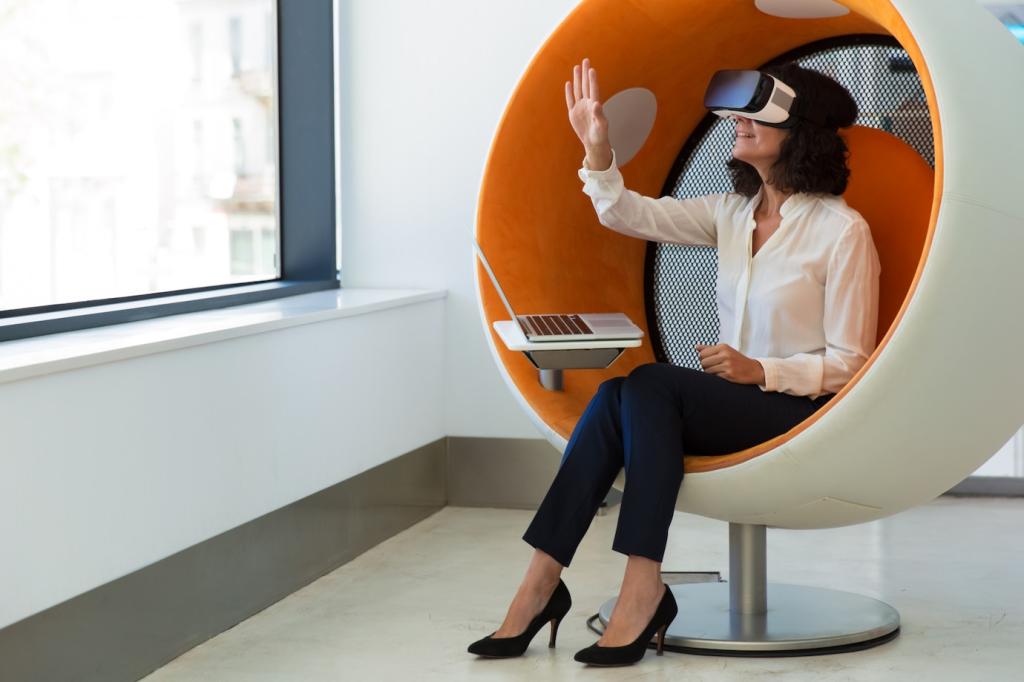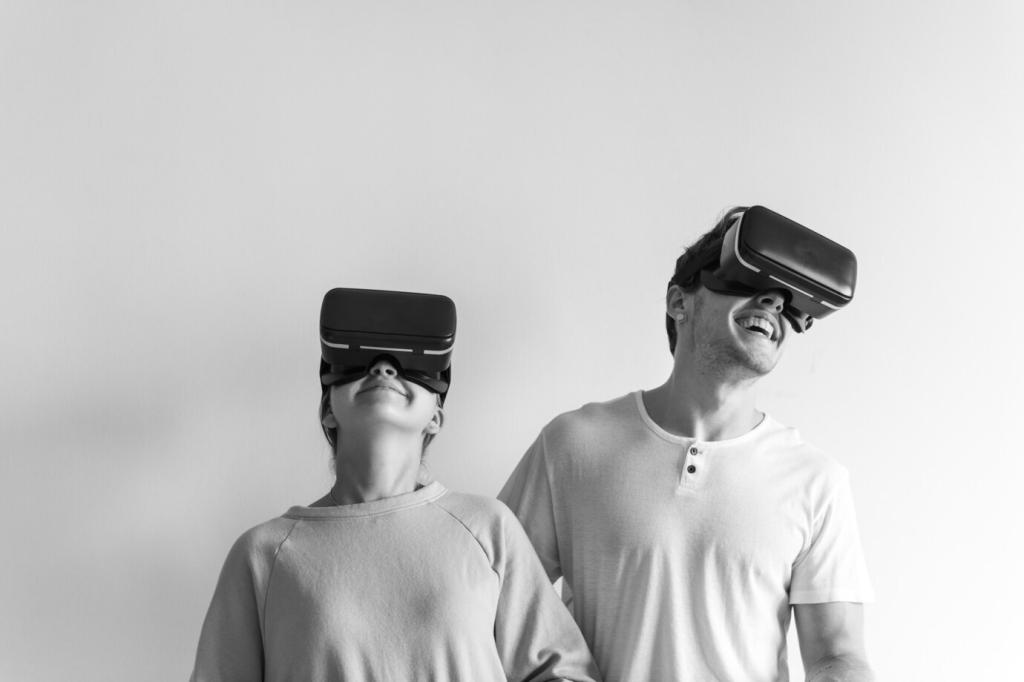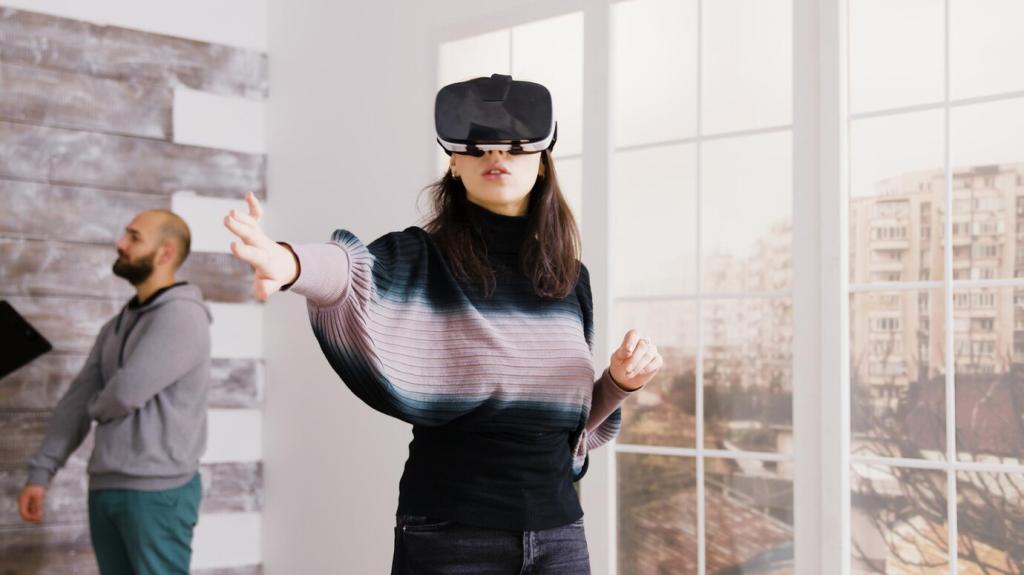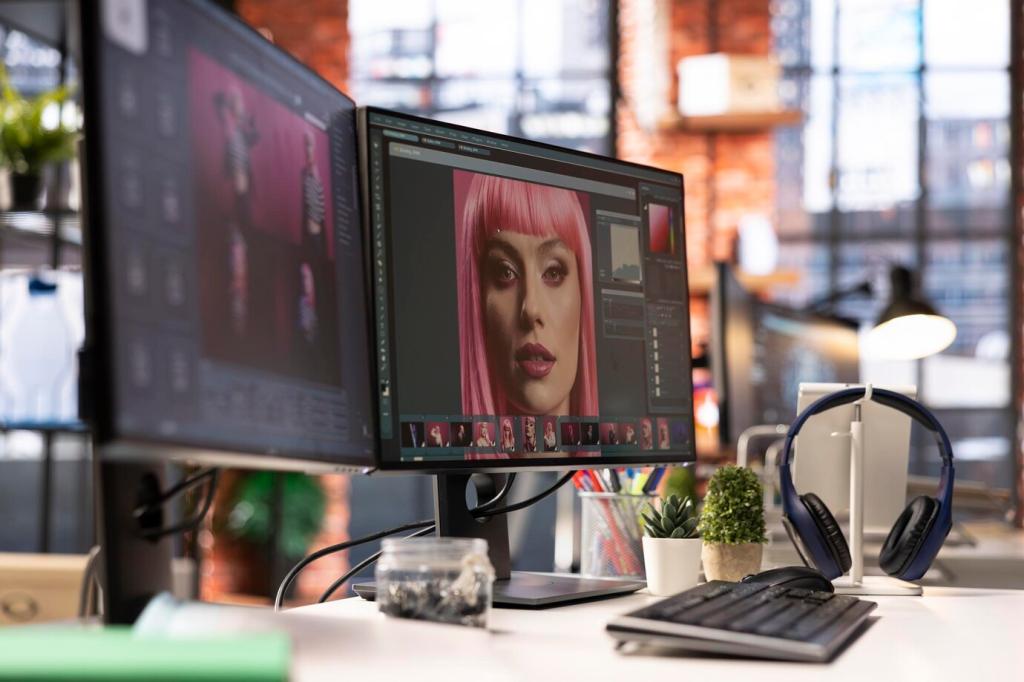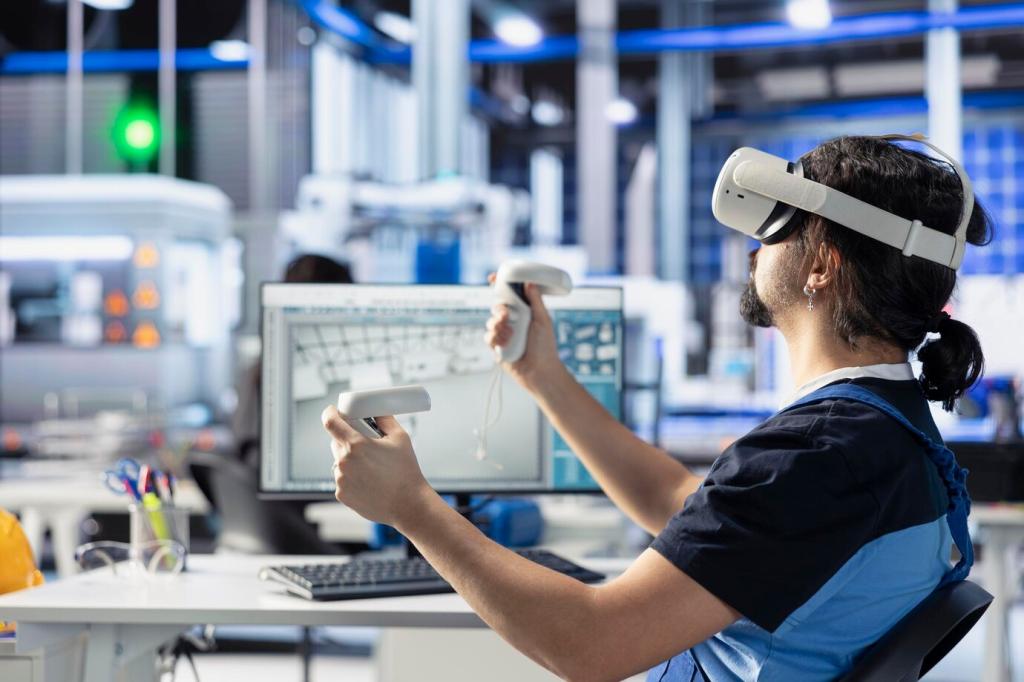Assets, Shaders, and the Art of Efficient Beauty
Use ASTC on mobile and BC formats on PC, keep normal maps where they earn their keep, and never ship uncompressed albedo. Generate clean mips and guard against texture aliasing. What compression settings work best for your headset targets?
Assets, Shaders, and the Art of Efficient Beauty
Branchless logic, fewer texture samples, and appropriate precision qualifiers pay dividends on tile-based GPUs. Prefer simple PBR models, bake where possible, and profile variants. Share a before-and-after shader change that shaved milliseconds off your frame.
Assets, Shaders, and the Art of Efficient Beauty
Consolidate materials, atlas thoughtfully, and lean on instancing. For lighting, bake aggressively; use probes for dynamics and limit real-time shadows. Tell us how you balance fidelity and performance in dense scenes without breaking immersion.
Assets, Shaders, and the Art of Efficient Beauty
Lorem ipsum dolor sit amet, consectetur adipiscing elit. Ut elit tellus, luctus nec ullamcorper mattis, pulvinar dapibus leo.

